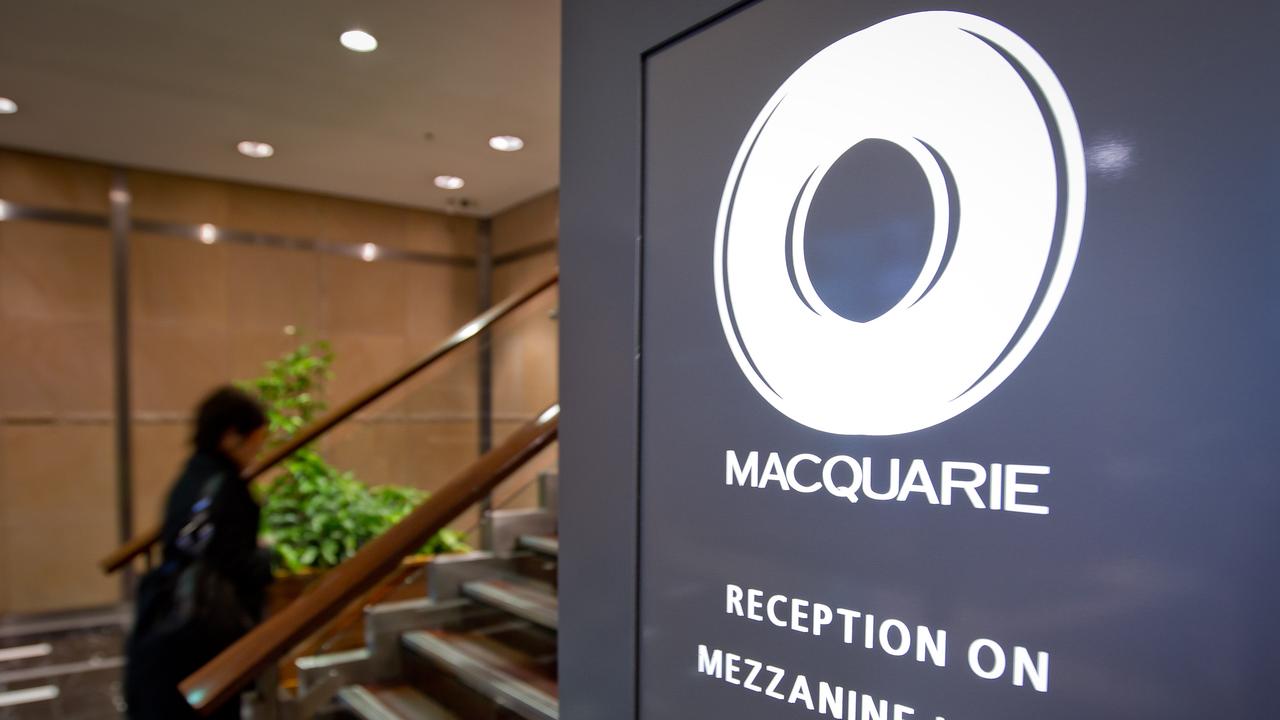Defence could provide mining link to the US
A potential Trump move to protect supplies of minerals vital to US defence could be of considerable benefit to Australia.

The second part creates a whole new way of looking at the minerals industry and has the potential to be of considerable benefit to Australia because it involves the possibility of a defence-essential selected minerals trade agreement among defence allies of the US — a unique form of common market based on defence.
Accordingly, the US President in December required that his Department of the Interior produce a list of minerals “considered critical to the economic and national security of the United States”.
Late last month the department produced a draft list of minerals and has set a deadline of March 19, 2018, for comment.
Trump explains his strategy this way: “The United States is heavily reliant on imports of certain mineral commodities that are vital to the nation’s security and economic prosperity.
“This dependency of the United States on foreign sources creates a strategic vulnerability for both its economy and military to adverse foreign government action, natural disaster, and other events that can disrupt supply of these key minerals.”
No president in recent times has made such a peacetime declaration. Australia has debated such a strategy for decades, particularly in relation to oil, where with the closure of so many refineries our stocks are low.
But Trump’s declaration includes a requirement for the Department of Interior to investigate the options “for accessing and developing critical minerals through investment and trade with our allies and partners”.
If Trump pursues this option then a minerals common market based on mutual defence factors becomes a fascinating option.
Later it might extend to tariff relief on steel and aluminium, but that would come much later. There is a long way to go.
Apart from our minerals rival Canada, the US has no stronger military partner than Australia, although the Pacific Ocean supply line might present a problem requiring storages of Australian minerals in the US.
We will need to work very hard in the coming days to advance this strategy and make sure we are included because, if we don’t, then as you will see later, the US is pursuing the actions that will enable it to emerge as a major minerals rival to Australia.
So here is the draft list of defence minerals with the departments description of the uses for the mineral:
Aluminum (bauxite), used in almost all sectors of the economy
Antimony, used in batteries and flame-retardants
Arsenic, used in lumber preservatives, pesticides, and semiconductors
Barite, used in cement and petroleum industries
Beryllium, used as an alloying agent in aerospace and defence industries
Bismuth, used in medical and atomic research
Caesium, used in research and development
Chromium, used primarily in stainless steel and other alloys
Cobalt, used in rechargeable batteries and superalloys
Fluorspar, used in the manufacture of aluminum, gasoline, and uranium fuel
Gallium, used for integrated circuits and optical devices like LEDs
Germanium, used for fibre optics and night vision applications
Graphite (natural), used for lubricants, batteries, and fuel cells
Hafnium, used for nuclear control rods, alloys, and high-temperature ceramics
Helium, used for MRIs, lifting agent, and research
Indium, mostly used in LCD screens
Lithium, used primarily for batteries
Magnesium, used in furnace linings for manufacturing steel and ceramics
Manganese, used in steelmaking
Niobium, used mostly in steel alloys
Platinum group metals, used for catalytic agents
Potash, primarily used as a fertiliser
Rare earth elements group, primarily used in batteries and electronics
Rhenium, used for lead-free gasoline and superalloys
Rubidium, used for research and development in electronics
Scandium, used for alloys and fuel cells
Strontium, used for pyrotechnics and ceramic magnets
Tantalum, used in electronic components, mostly capacitors
Tellurium, used in steelmaking and solar cells
Tin, used as protective coatings and alloys for steel
Titanium, overwhelmingly used as a white pigment or metal alloys
Tungsten, primarily used to make wear-resistant metals
Uranium, mostly used for nuclear fuel
Vanadium, primarily used for titanium alloys
Zirconium, used in the high-temperature ceramics industries
As you can see iron ore, copper and oil are not on the list. The metal “aluminum” (I retained the US spelling) is included but then next to it in brackets is bauxite which is the ore required for aluminium. We can assume they mean bauxite not aluminium. Australia is a major producer of bauxite.
We are also a major producer of uranium, manganese, tantalum, zirconium, lithium, the rare earth elements, helium and many others on the list.
And of course in Canada BHP has a major Potash deposit. Australia can make protests about the tariffs on steel and aluminium and seek exception but it’s almost certainly a waste of time. What is required are detailed plans to link our minerals into the US. And as a matter of extreme urgency we need to adopt the Calderon plan (which was announced at the Melbourne Mining Club) to set corporate tax cuts aside and follows the US in plant investment and research expenditure deductions.
My people in Canberra tell me that the Calderon plan is gaining great traction.
We should be aware that Trump’s first priority is developing mining in the US, so we have to work hard at all levels of government. Trump is about creating a boom in the US areas that were downtrodden by globalisation and environmental movements. They voted him into power because he said he would help.
In that context the President’s own words are important.
Trump: “It shall be the policy of the Federal Government to reduce the Nation’s vulnerability to disruptions in the supply of critical minerals, which constitutes a strategic vulnerability for the security and prosperity of the United States. The United States will further this policy for the benefit of the American people and in a safe and environmentally responsible manner, by:
(a) Identifying new sources of critical minerals;
(b) Increasing activity at all levels of the supply chain, including exploration, mining, concentration, and separation, alloying, recycling, and reprocessing critical minerals;
(c) Ensuring that our miners and producers have electronic access to the most advanced topographic, geologic, and geophysical data within US territory to the extent permitted by law and subject to appropriate limitations for purposes of privacy and security, including appropriate limitations to protect critical infrastructure data such as those related to national security areas; and
(d) Streamlining leasing and permitting processes to expedite exploration, production, processing, reprocessing, recycling, and domestic refining of critical minerals.”
The provision covering the option of the defence minerals common market comprises only 16 words saying the US is considering “options for accessing and developing critical minerals through investment and trade with our allies and partners”.
The great difficulty for Australia is that our largest trading partner is China and China and the US are on the brink of a trade war as well as military rivals in the dispute over the South China Sea.
Our foreign affairs and trade people will need to be very skilled.





The steel and aluminium tariff hike is only the first part of the Trump trade revolution.